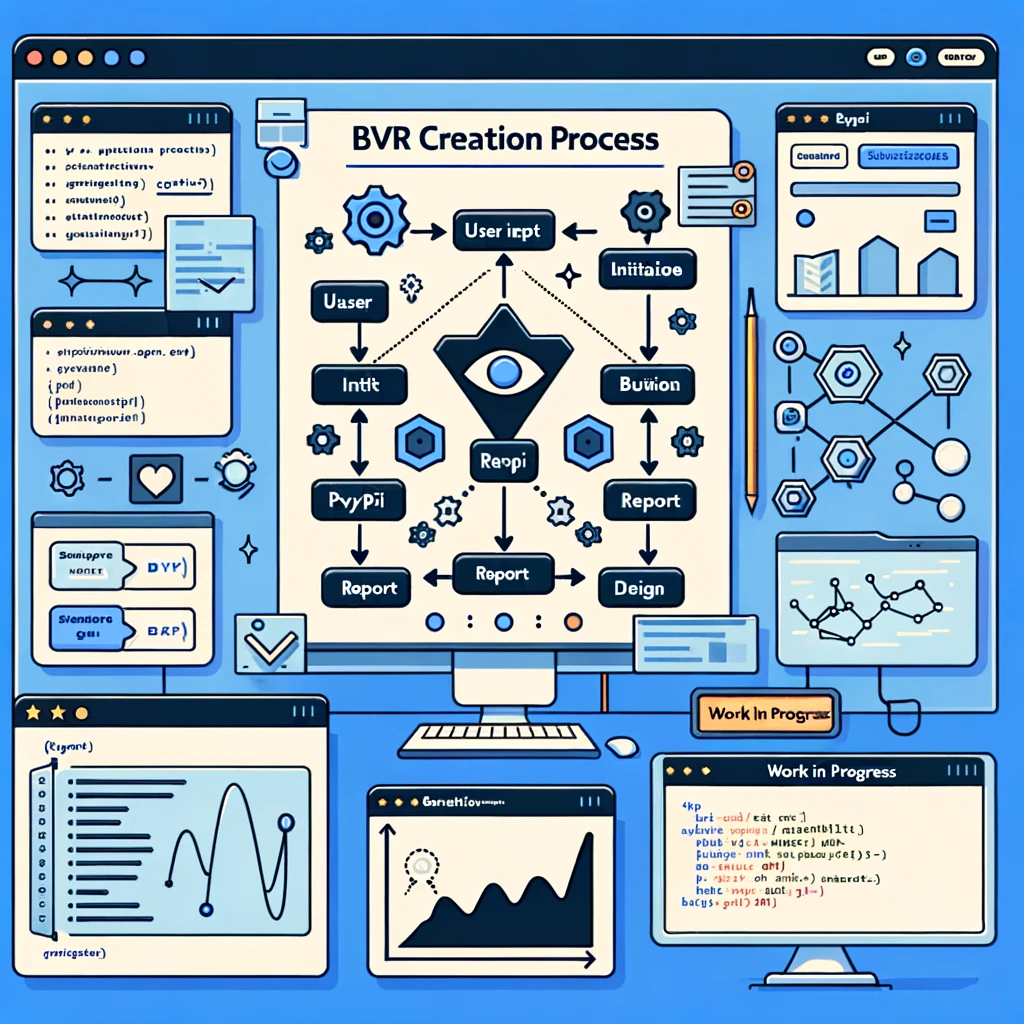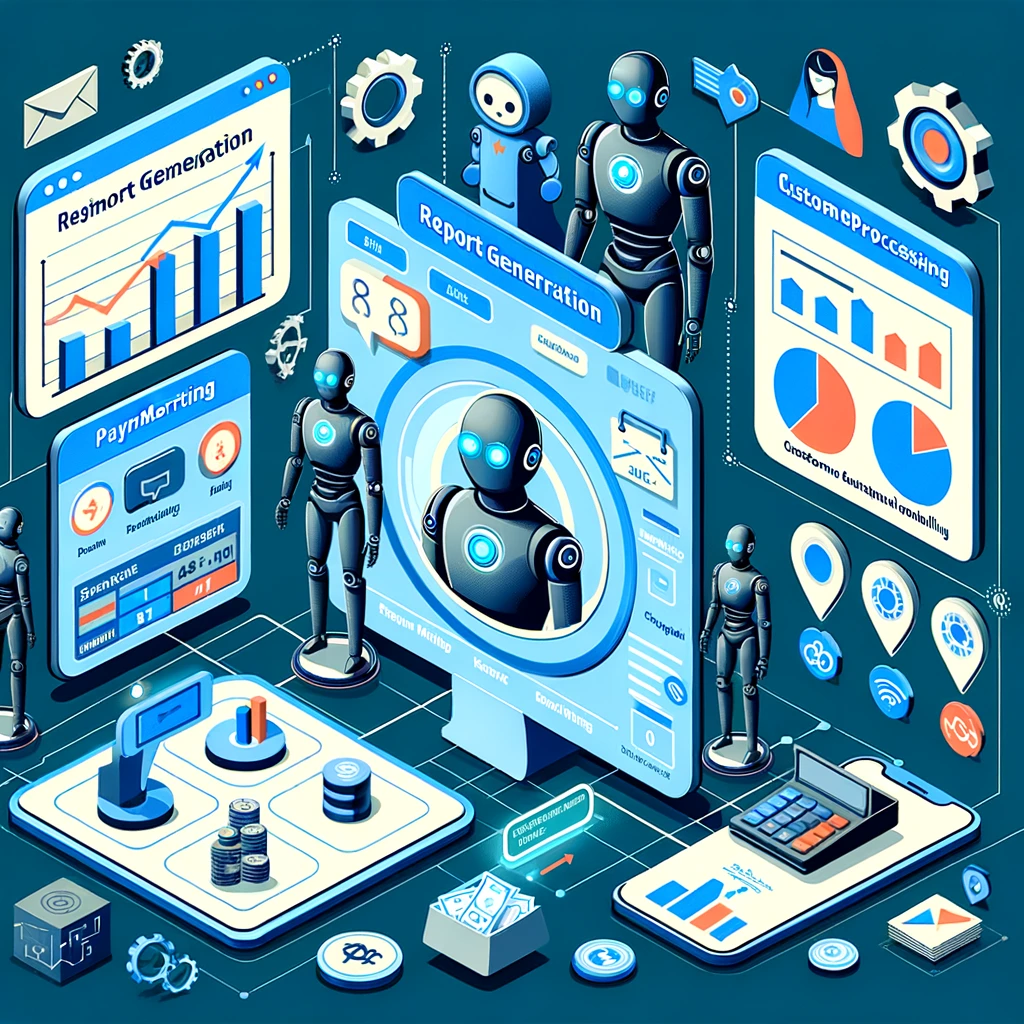BVR Project Yaml Convention
The Work
Work in Progress
This is a WIP, please be aware.
Continuing from our work yesterday, here is the yaml standard we've reached:
Work in Progress
This is a WIP, please be aware.
Continuing from our work yesterday, here is the yaml standard we've reached:
Here we've defined the core work below. We've found we cannot implement this with autogen RAG chat alone, as our data doesn't contextualize well in its current design. Additionally the latest module doesn't support the latest enpoints.

WIP
this article is a Work In Progres(WIP). It'll change at my discretion.

Part I specification... that was part 1, this is part 2.
In an increasingly competitive business landscape, the lack of precise and thorough analysis prior to launching a venture often leads to failure, wasted resources, and missed opportunities. Our proposed solution, inspired yet significantly expanded from the existing model of DimeADozen.ai, aims to leverage the power of Generative AI (GenAI) to provide aspiring entrepreneurs with a comprehensive, multifaceted evaluation of their business ideas. This digital platform, through its GenAI agents, aims to simulate expertise across various domains essential for business success, thus aiding in a data-driven decision-making process.
Gen Specification Model
instruction:
context: Automatic Context Embedding
query: <query>
In your role as an architect, you'll be involved in numerous technical procedures, some of which were covered in earlier chapters, like continuous integration/continuous delivery (CI/CD) and post-mortem analysis. This chapter will delve deeper into these and other processes like software development lifecycle management, testing and validation, and business continuity and disaster recovery planning. Our aim is to present a comprehensive understanding of these technical processes, with an emphasis on their connection to business goals. For a more technical exploration, including the use of tools like Jenkins in CI/CD, please refer to the subsequent discussions.
Architects are involved in many different types of technical processes:
A reliable system is one people can get to now. Reliability is the probability a system can be reached and used without failure and Availability is a measure of how available a system is to be used within a given period of time.
Identity and Access Management or IAM is a service which lets you specify which users can perform which actions in the cloud. IAM includes the following objects: